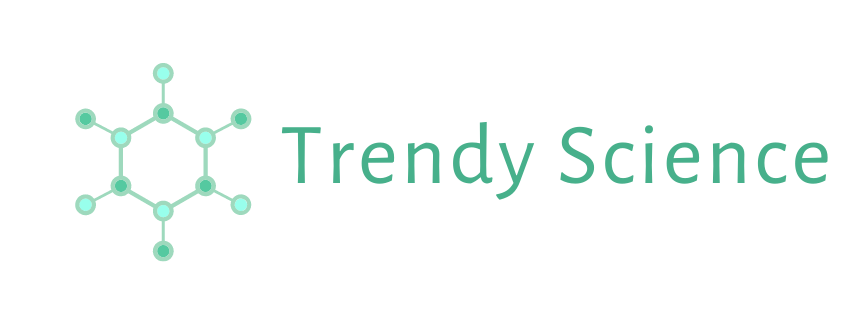Run-of-River Installations & Tidal Power Stations
Welcome to the world of Hydropower! This will guide you through Run-of-River installations and Tidal Power Stations. Get ready to embark on your hydropower learning journey!
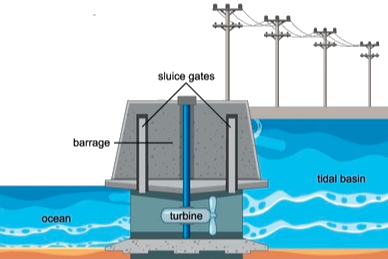
Topic Orientation
Introduction to Hydropower
Hydropower is a renewable energy source that harnesses the energy of flowing water to generate electricity. Two significant subcategories within hydropower are “Run-of-River Installations” and “Tidal Power Stations.” These technologies play a crucial role in sustainable energy production, contributing to reduced greenhouse gas emissions and a cleaner environment.
Run-of-River Installations Explained
Run-of-river installations are hydropower systems that operate without the need for extensive water storage. Instead, they utilize the natural flow and elevation drop of rivers or streams to generate electricity. These systems have a relatively low environmental impact compared to large dams, making them an environmentally friendly choice for generating clean energy.
Tidal Power Stations Overview
Tidal power stations harness the energy generated by the rising and falling tides in coastal areas. They often employ underwater turbines to capture the kinetic energy of the moving water. Tidal power is highly predictable and a promising source of renewable energy, but it requires specific geographic conditions for optimal operation.
Environmental Impact of Run-of-River Installations
While tidal power stations offer significant benefits in terms of predictable energy generation, they can have some environmental impact. The installation of underwater turbines and alterations to tidal flow patterns may affect marine ecosystems. Proper planning and monitoring are essential to minimize these effects.
Energy Storage in Run-of-River Installations
Run-of-river installations typically do not include energy storage systems. Their electricity output is directly tied to the natural flow of the river. As a result, their generation can vary seasonally and with changing weather conditions, making them best suited for regions with consistent water flow.
Energy Storage Solutions for Tidal Power Stations
Tidal power stations face the challenge of managing energy generation during tidal cycles, which occur approximately every 12 hours. Some installations incorporate energy storage solutions, such as batteries or pumped hydro storage, to regulate electricity production and ensure a stable power supply.
Location Factors for Run-of-River Installations
Run-of-river installations are strategically located in areas with consistent water flow, typically in mountainous regions where rivers and streams maintain reliable year-round flow. The choice of location plays a crucial role in the efficiency and feasibility of these installations.
Location Considerations for Tidal Power Stations
Tidal power stations are situated in coastal regions with significant tidal movements. Locations with a large tidal range, such as the Bay of Fundy in Canada or the Severn Estuary in the UK, offer ideal conditions for harnessing tidal energy.
Application Tool
Step 1: Efficiency of Turbine (η)
The efficiency of the turbine (η) measures how effectively it converts the kinetic energy of flowing water into electricity. It depends on various factors, including the brand, size, and condition of the turbine. Choose values that match your specific turbine characteristics.
Step 2: Density of Water (ρ)
The density of water (ρ) plays a crucial role in hydropower. It changes with temperature and salinity. Cold water tends to be denser, while higher salinity reduces density. Choose values that match your project site’s conditions.
Step 3: Flow Velocity (v)
The flow velocity (v) of the water determines the kinetic energy available for generating hydropower. It’s influenced by factors like water slope, channel bed roughness, channel material, channel morphology, and wind conditions. Choose values that represent your specific conditions.
Step 4: Discharge (Q)
Discharge (Q) represents the water flow rate through the turbine. It relies on the channel’s length, width, depth, and the conditions affecting flow velocity. Carefully select values to accurately assess your project’s potential.
Step 5: Power Output
Click the button to compute the power output (P) of your hydropower system based on the parameters you’ve selected in the previous steps. The result will be displayed here.
Case Studies
Chief Joseph Dam, Washington, USA
Chief Joseph Dam is a major run-of-the-river hydroelectric power station located near Bridgeport, Washington. It is an example of a run-of-the-river installation without a sizeable reservoir. With a capacity of 2,620 megawatts (3,510,000 hp), it is one of the largest run-of-the-river projects in the United States.
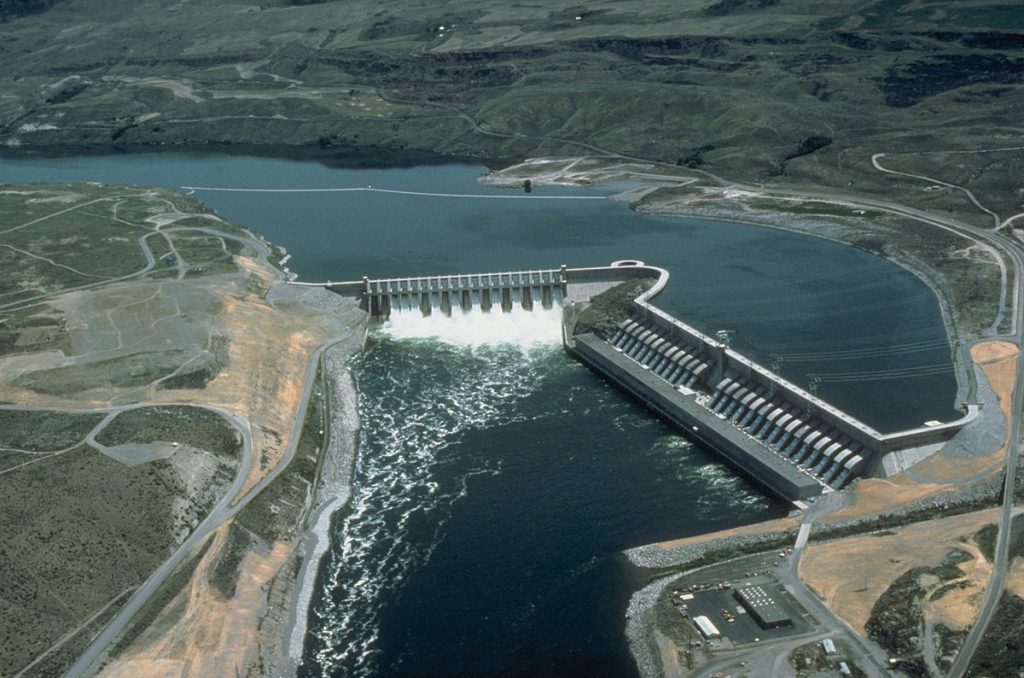
Mankala Power Station, Finland
The Mankala Power Station is a run-of-the-river hydroelectric plant situated along the Kymi River in Iitti, Finland. It harnesses the flow of the river to generate electricity without the need for significant water storage. This project demonstrates the suitability of run-of-the-river installations for rivers regulated by a lake or reservoir upstream.
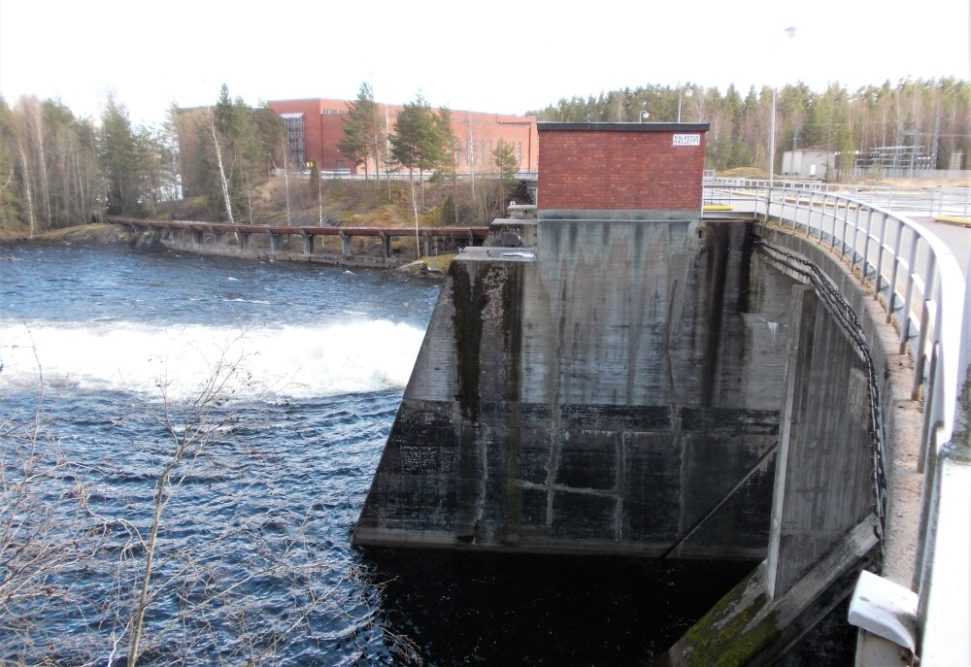
Beauharnois Hydroelectric Generating Station, Quebec, Canada
The Beauharnois Hydroelectric Generating Station is a run-of-the-river project located in Quebec, Canada. With a capacity of 1,903 megawatts (2,552,000 hp), it is one of the largest run-of-the-river installations in the world. This project showcases the potential scale and generating capacity of run-of-the-river hydroelectricity.
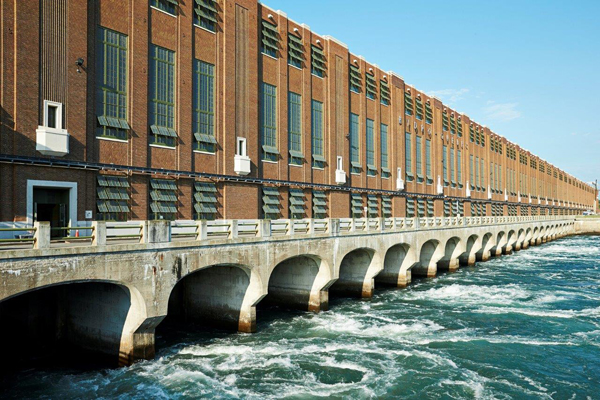
Visuals
Informative Visuals of Run-of-River installations and Tidal Power Stations.



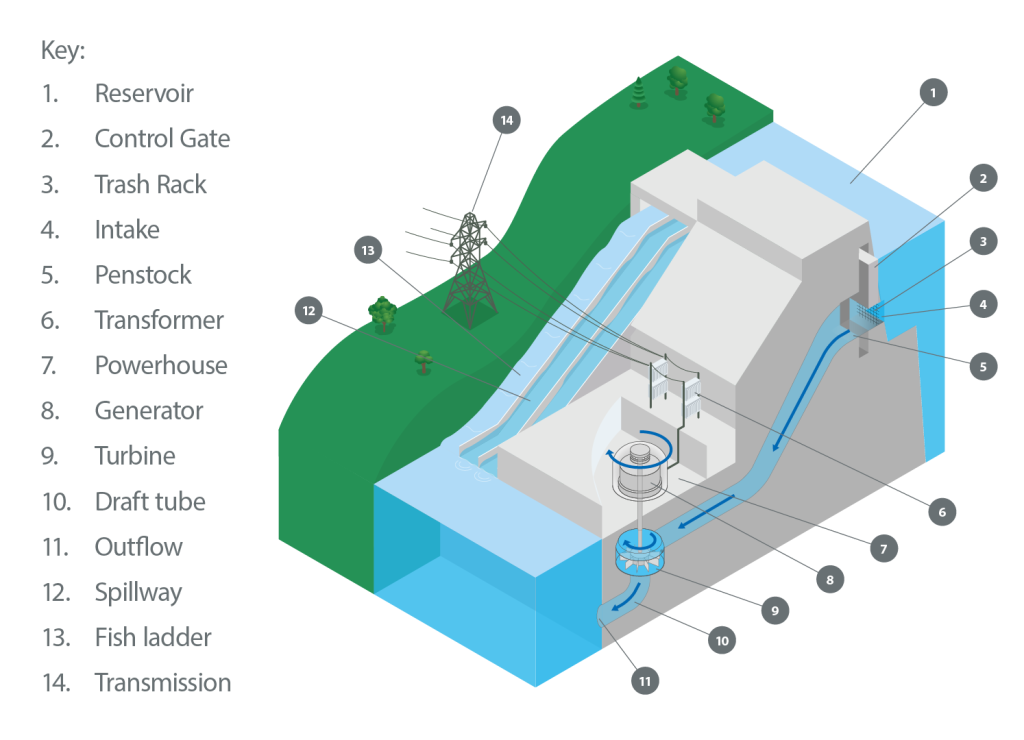
References
Here are some credible references discussing the subject of Run-of-River installations and Tidal Power Stations.
| Resource Title | Description | Link |
|---|---|---|
| “Run-of-the-river hydroelectricity” – Wikipedia | Provides an overview of run-of-the-river hydroelectricity, including its concept, advantages, disadvantages, and major examples. | Wikipedia – Run-of-the-river hydroelectricity |
| “Run-of-the-river hydroelectric systems” – Energy Education | Explains the concept of run-of-the-river hydroelectric systems, highlighting their differences from conventional impoundment hydroelectric facilities and discussing their classifications based on capacity. | Energy Education – Run-of-the-river hydroelectric systems |
| “Run-of-River Hydropower” – National Hydropower Association | Provides information on run-of-river hydropower, including its benefits, challenges, and examples of projects. | National Hydropower Association – Run-of-River Hydropower |
| “Run-of-River Hydropower: A Sustainable Energy Solution” – International Hydropower Association | Explores the sustainability of run-of-river hydropower, discussing its environmental, social, and economic aspects. | International Hydropower Association – Run-of-River Hydropower: A Sustainable Energy Solution |
| “Tidal Power” – Renewable Energy World | Provides an introduction to tidal power, explaining how it works, its advantages, and challenges associated with its implementation. | Renewable Energy World – Tidal Power |
| “Tidal Power: Pros and Cons” – Energy Sage | Discusses the pros and cons of tidal power, including its potential as a renewable energy source, environmental impacts, and technological challenges. | Energy Sage – Tidal Power: Pros and Cons |
| “Tidal Power Generation” – National Oceanic and Atmospheric Administration (NOAA) | Provides information on tidal power generation, including its potential, environmental considerations, and ongoing research and development. | NOAA – Tidal Power Generation |
| “Tidal Power: Harnessing Energy from the Ocean’s Tides” – Union of Concerned Scientists | Explores tidal power as a renewable energy source, discussing its benefits, challenges, and potential for future development. | Union of Concerned Scientists – Tidal Power: Harnessing Energy from the Ocean’s Tides |
Equations
The main equation is used to calculate the Power Output (P) of the hydropower system.
Power Output (P) represents how much electrical energy a hydropower system can generate. It’s calculated using the following formula:
P = 0.5 * η * ρ * v² * Q
Let’s break down what these variables mean:
- Efficiency (η): This value measures how effectively the turbine can convert the energy of flowing water into electricity. It’s like a rating for the turbine’s performance. The higher the efficiency, the better the turbine is at generating power.
- Density (ρ): This represents how dense the water is. Cold water is denser than warm water, and water with higher salinity (saltiness) is less dense. The density of water affects how much power can be generated.
- Flow Velocity (v): This is all about how fast the water is moving. The speed of the water flow plays a big role in how much energy can be harnessed. Faster-moving water has more energy to convert into electricity.
- Discharge (Q): This measures how much water is flowing through the turbine. It depends on the size of the water channel and how deep it is. The more water that flows through, the more power can be produced.
Engineering Kit
Learn with practical experimentation using this educational hands-on engineering kit.
Quiz: Test Yourself
Your Reflection
Please feel free to document your inquiries, observations, queries, or any constructive feedback you may wish to provide.
